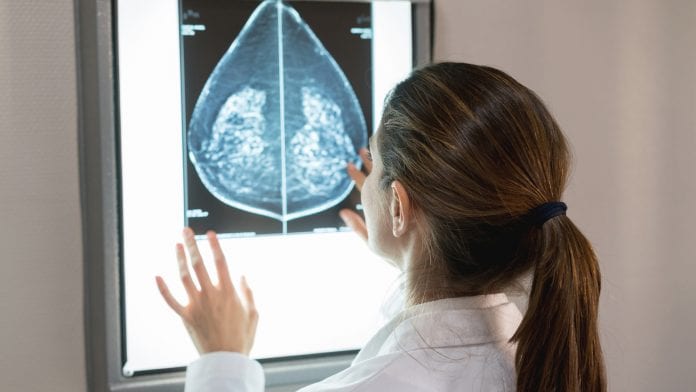
The NHS mammography Breast Screening Programme is still effective at reducing breast cancer-related death in England, according to a new study.
Led by the Queen Mary University of London, a new, England-wide study looking at mammography has found that this type of screening still plays an important role in lowering the risk of dying from breast cancer, despite improvements in diagnostic techniques and treatments in recent years.
The case-control study to evaluate the impact of the breast screening programme on mortality in England was conducted by Roberta Maroni, Nathalie J Massat, Dharmishta Parmar, Amanda Dibden, Jack Cuzick, Peter D Sasieni and Stephen W Duffy, and has been published in the British Journal of Cancer.
Reducing mortality
The study looked at over 23,000 women and found a 37% reduction in breast cancer mortality for women screened at least once. This corresponded to approximately nine breast cancer deaths prevented between ages 55 and 79 for every 1,000 women attending screening at ages 50-69.
The findings demonstrated that mammography screening remains highly relevant for younger women and is stronger and longer lasting in women aged 65 or over.
Corresponding author Professor Stephen Duffy from Queen Mary University of London said: “The NHS Breast Screening Programme is doing its job in reducing the risk of death from breast cancer. Our results indicate that the benefit persists for three to four years in women aged under 65, so slippage of the three-year interval would be unsafe for these women.
“In the current COVID crisis, efforts to reinstate the breast screening programme should continue apace. If difficult decisions about delivery of the programme have to be made in the future, it may be appropriate to consider different intervals between screens for different age groups.”
This research received funding from the Policy Research Programme of the Department of Health and Social Care and NIHR.






















